20+ SAMPLE Pros and Cons Lists
-
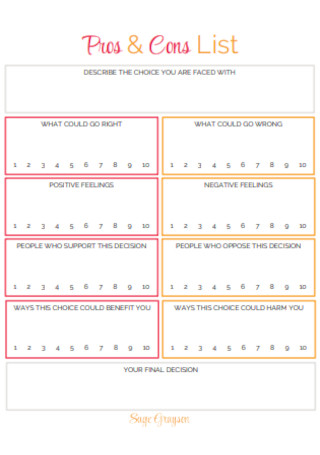
Pros & Cons List
download now -
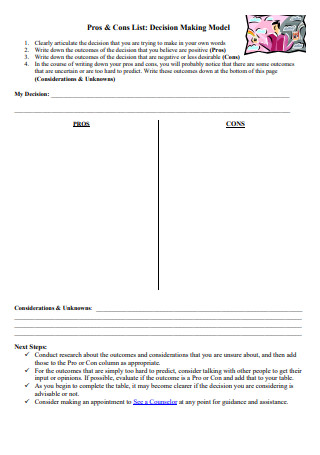
Pros & Cons List Model
download now -
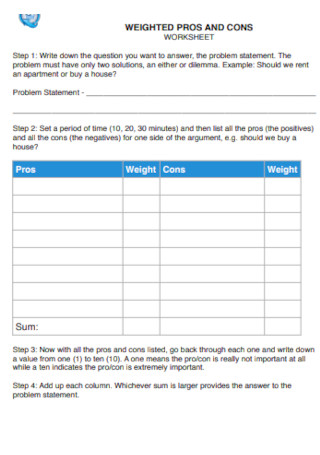
Weighted Pros and Cons List
download now -
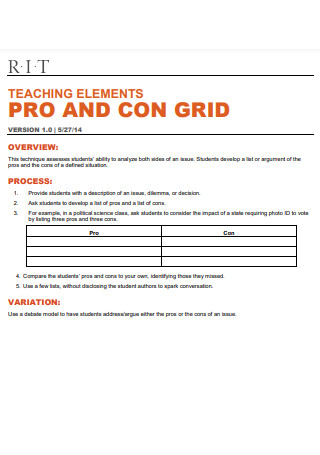
Pros & Cons Grid
download now -
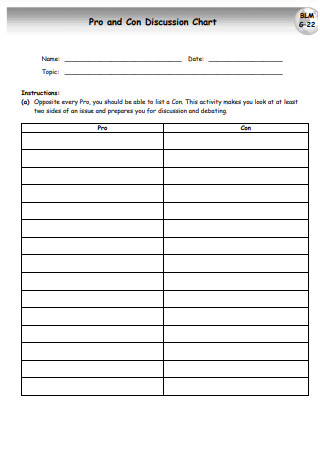
Pro and Con Discussion Chart
download now -
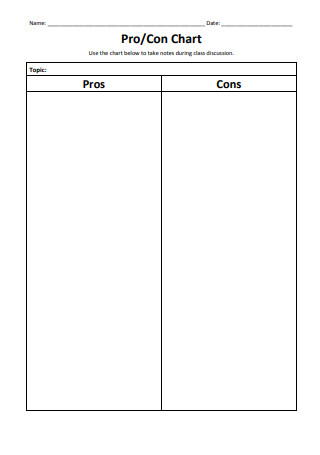
Pro/Con Chart Template
download now -
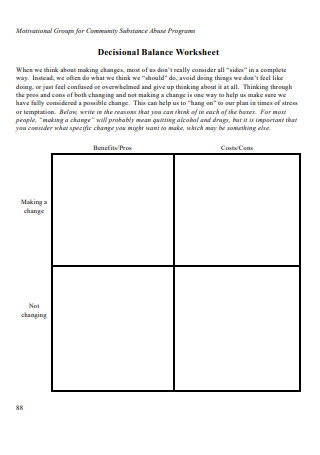
Decisional Balance Worksheet
download now -
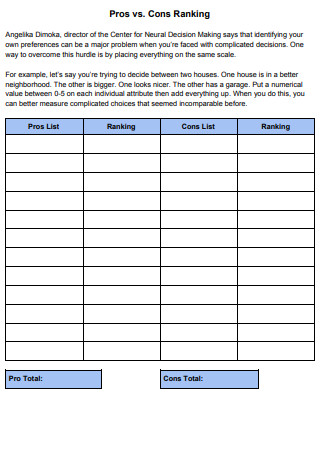
Pros vs Cons Ranking List
download now -
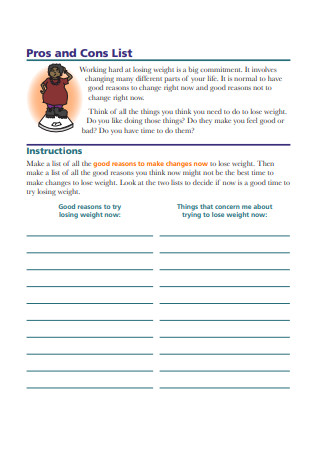
Pros and Cons List Sample
download now -
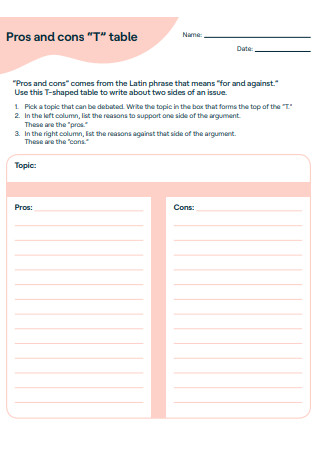
Pros and cons “T” Table
download now -
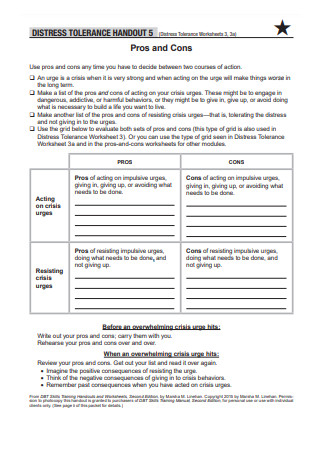
Pros and Cons List Format
download now -
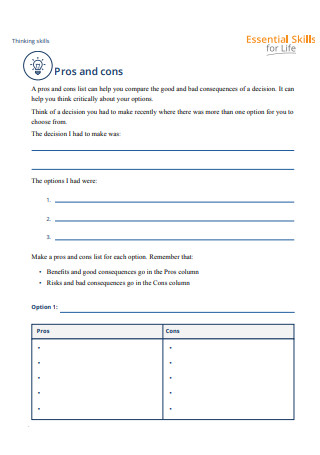
Pros and Cons List Template
download now -
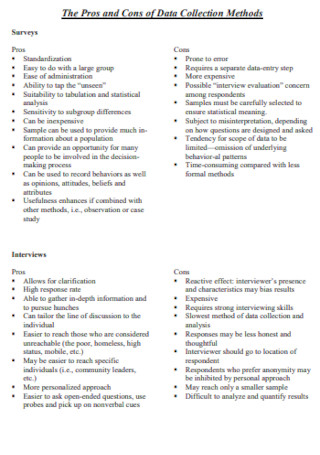
Pros and Cons of Data List
download now -
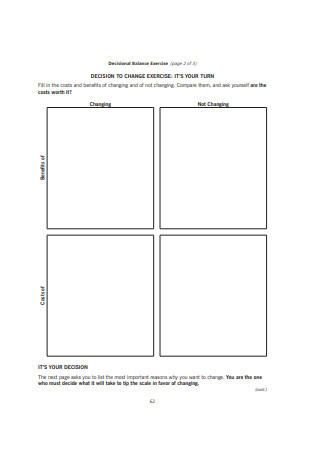
Decisional Pros and Cons List
download now -
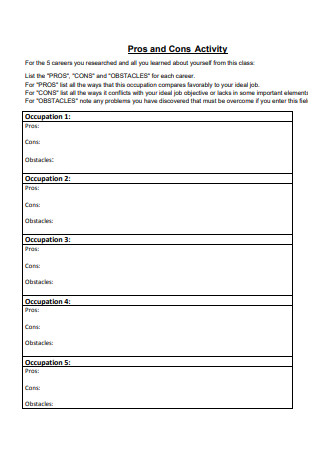
Pros and Cons Activity List
download now -
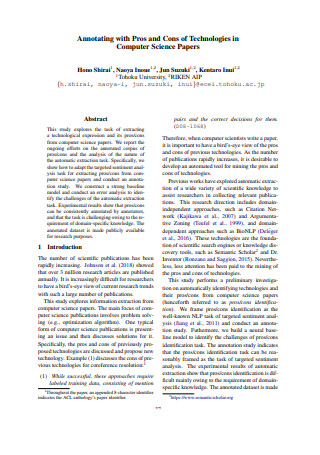
Annotating with Pros and Cons List
download now -
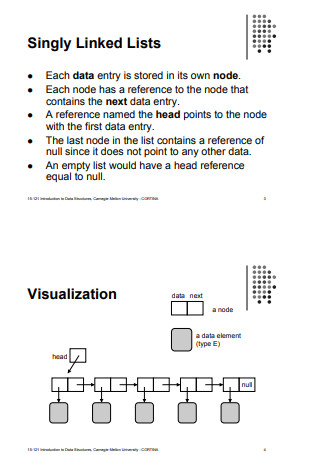
Organizing Data Linearly List
download now -
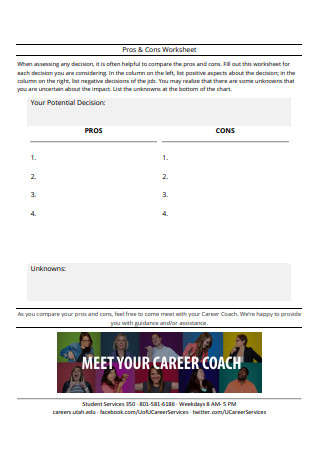
Pros & Cons Worksheet Sample
download now -
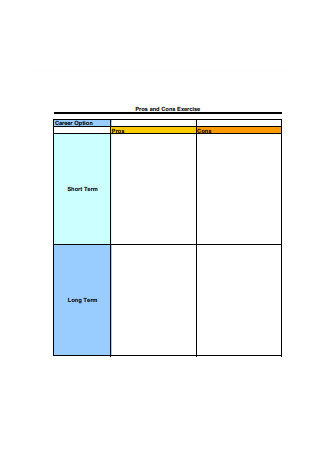
Pros and Cons Exercise List
download now -
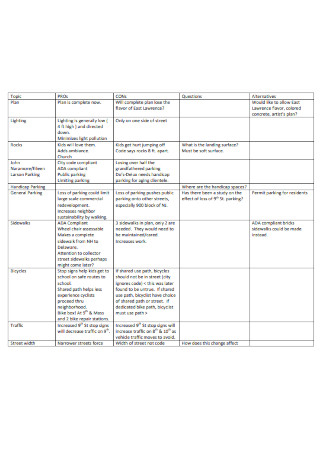
Sample Pros and Cons List
download now -
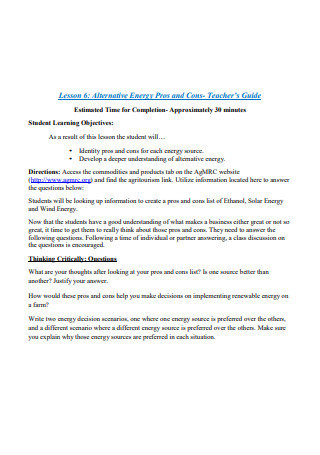
Pros and Cons- Teacher’s Guide
download now
FREE Pros and Cons List s to Download
20+ SAMPLE Pros and Cons Lists
What Is a Pros and Cons List?
What Are the Basic Elements Included in the Pros and Cons List?
How to Write a Pros and Cons List?
FAQs
What is another term for pros and cons?
Where did the term pros and cons originated?
What are the common obstructions that affect decision making?
What part of the brain is involved in decision making?
What Is a Pros and Cons List?
A pros and cons list is the most simple type of document used to help you reach a conclusion without prejudice. Basically it is divided into two. First we have a column for pros. Pros are the advantageous factors or variables in the argument. The second one is for cons. The cons are the downfall and disadvantage of the argument. It is a simple list but has a great impact on your choices and it helps in saving your precious time.
What Are the Basic Elements Included in the Pros and Cons List?
Before starting to write a pros and cons list, we need to understand what the basic components are. The following items should be included in your list:
How to Write a Pros and Cons List?
A pros and cons list can be as simple as a written document. But, with the help of the available templates presented above, you have the ability to make a more organized and professional list.
Step 1: Title or Topic
The first step in creating a detailed list is to know your goal. Understand the topic given to you and input it the best possible way you can.
Step 2: Brainstorm
Before dividing them into pros and cons, it will be a big help to list out all the possible outcomes of the topic or the problem. This way you can point out if something is missing and you can directly match them with one another.
Step 3: Distribute
The next and most important step is dividing all the listed outcomes to their respective column. Group the items accordingly. It is important to distribute them objectively to be more effective.
Step 4: Check
Upon completion, double check your columns and inspect whether all the columns are complete. Sometimes you may leave out an item or two. It is also possible that you have not included other advantages or disadvantages in your pros and cons list. Check your data thoroughly.
FAQs
What is another term for pros and cons?
Pros and cons can also be called advantage and disadvantage. A more unusual term for this is boon and bane which means benefit and affliction. A corporate term for this is assets and liabilities. All in all they all mean one thing: it is the positive and negative outcome of a decision.
Where did the term pros and cons originated?
As per the Oxford English dictionary, the expression pros and cons is a shortening of the Latin phrase “pre et contra” which means for and against.
What are the common obstructions that affect decision making?
The common hindrance in effective decision making is our ego. Being overconfident can cloud our judgment. Some factors or variables that affect objective decision making is lack of data, lack of time and lack of resources. Having too many options as well can affect our decision making process. Another important thing to remember that our decision making skill will be greatly challenged if we are afraid to get out of our comfort zone.
What part of the brain is involved in decision making?
According to www.jneurosci.org the main region that supports and affects our decision making process is located in the frontal lobe of our brain, it is called ventromedial prefrontal cortex.
A pros and cons list is a simple type of document that analyzes your options. This can be a bit similar to surveys but you will be the one answering your own question and problem. A lot of people nowadays tend to breakdown when faced with a challenge or difficult decision. With the help of our templates, fret not you will be capable of weighing your options and pick out the best possible choice.
